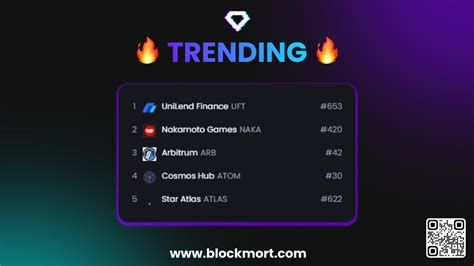Cryptocurrency Market Analysis: A Look at ARB, ATOM, stETH, and ARBITRUM
In recent months, several cryptocurrencies have gained significant attention for their potential to disrupt traditional markets. Among them are Arbitrum (ARB), Cosmos (ATOM), and Lido Staked Ether (stETH). This article will delve into the world of these three cryptocurrencies and explore their unique features, market outlook, and investment opportunities.
Arbitrum
Founded in 2021, Arbitrum is a tier-one scaling solution developed by Binance Smart Chain. Leveraging the power of Optimism’s optimistic stacks, Arbitrum offers faster transaction times and lower fees compared to traditional blockchains. The platform supports over 80 million transactions per second, making it an attractive option for high-volume trading.
One of Arbitrum’s key features is its use of sharding, which allows for greater scalability and security. With sharding, multiple accounts can be assigned a limited number of slots on the network, reducing the risk of gridlock and improving overall performance.
While Arbitrum has seen significant growth in recent times, it still faces stiff competition from established players like Ethereum (ETH) and Solana (SOL). However, its innovative approach to scaling and security makes it an attractive option for those looking for a more efficient cryptocurrency market.
Cosmos
Founded in 2014 by The InterPlanetary File System Foundation, Cosmos is a decentralized network of independent, parallel blockchains. Essentially, Cosmos is designed to support multiple use cases, from social media platforms like Telegram (TGMA) and DappRide (DRD) to enterprise-level applications.
One of Cosmos’ most notable features is its use of the Tendermint framework, which provides a scalable and secure foundation for building decentralized applications. The network supports over 500 independent blockchains, making it an attractive option for those looking for a truly decentralized ecosystem.
Cosmos has gained significant traction in recent months, thanks in part to its partnership with Google (GOOGL). This collaboration has allowed Cosmos to expand its reach into new markets and develop new use cases, such as social media platforms and virtual worlds.
Lido Staked Ether (stETH)
Lido is a decentralized lending platform that allows users to stake their Ether (ETH) tokens for rewards. In return, Lido holders receive ETH in the form of a stablecoin called stETH, which is pegged to the value of USDT and DAI.
One of Lido’s key features is its use of a unique consensus algorithm called Proof of Stake-Proof of History (PoSH). This algorithm allows for faster transaction times and lower fees compared to traditional proof-of-work algorithms such as Ethereum Classic (ETC).
Lido has gained significant attention in recent months, thanks in part to its partnership with DeFi lending protocol Yearn.finance. This collaboration has allowed Lido to expand its reach into new markets and develop new use cases such as decentralized yield farming and perpetual swaps.
Conclusion

In conclusion, Arbitrum, Cosmos (ATOM), and Lido Staked Ether (stETH) are three cryptocurrencies that have the potential to disrupt traditional markets. While they face stiff competition from established players such as Ethereum (ETH), Solana (SOL), and Binance Smart Chain (BSC), their innovative approaches and unique features make them attractive options for those looking for a more efficient cryptocurrency market.
As the cryptocurrency landscape continues to evolve, it will be interesting to see how these three platforms perform in the coming months. With their growing user bases and expanding use cases, it is clear that these cryptocurrencies are here to stay.


